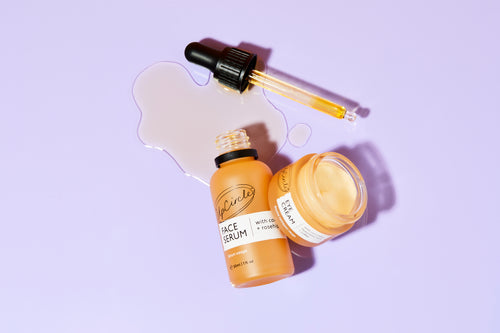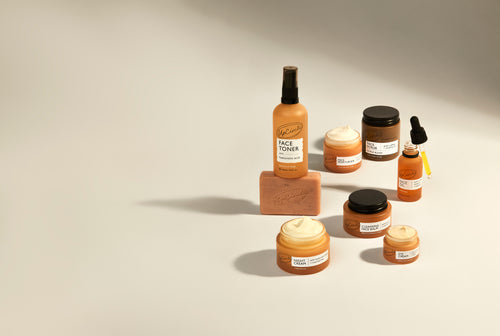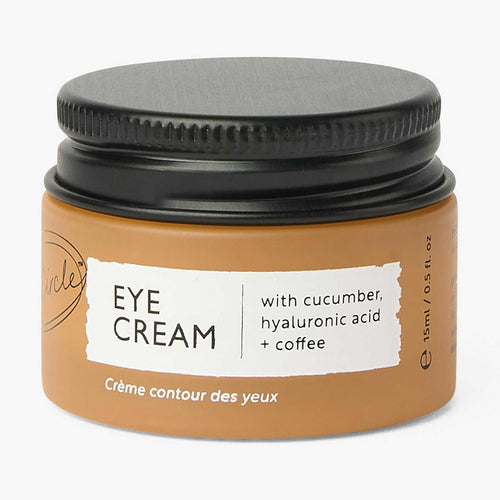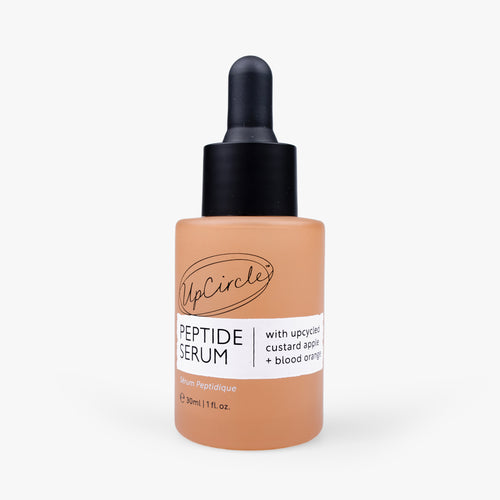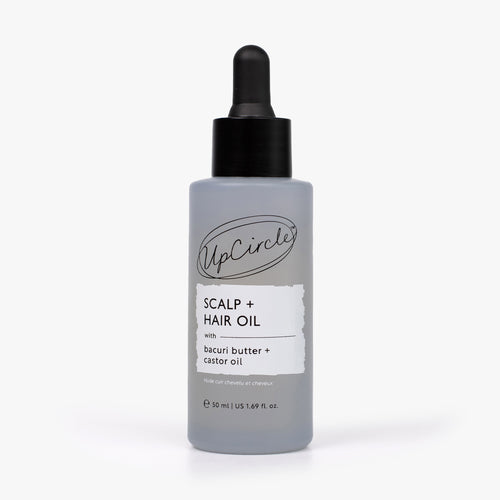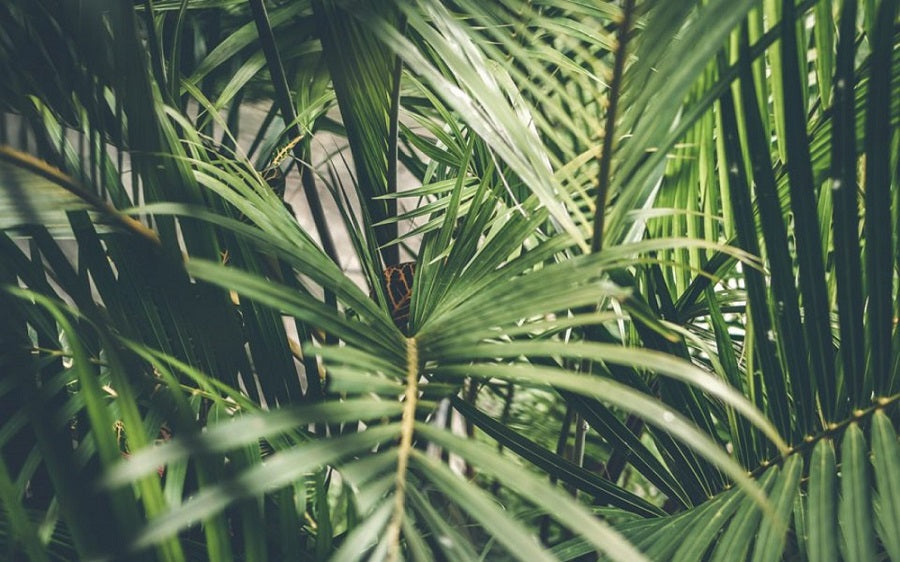If you’ve got some time to spare, head down to your local supermarket and take a quick look at the ingredients list for any product. Be it bread, crisps, those weird instant noodle things or even shampoo – the chances are you’ll see a reference to palm oil hidden in the small print. In fact, it’s so common that over 50% of foods produced by supermarkets are thought to contain it.
Despite its widespread use, palm oil isn’t as popular as it seems; indeed many people are actively campaigning to get it removed from all products. Why, you ask? Well, take a seat, you might just need it.
First things first, what is palm oil?
Produced from the fruit of oil palm trees (as opposed to sweaty palms), palm oil is the most popular kind of vegetable oil in the world. It initially appears as a reddish-brown liquid before being refined into a white solid. It’s thought that 66 million tonnes are produced every year, with the major use in the EU being to produce energy and biofuels. However, globally over 90% of palm oil produced is used in foods and consumer products.
It should be noted that the oil palm (Elaeis guineensis) is a very different beast to the one that drops coconuts on unsuspecting tourists (Cocos nucifera). It’s a fast-growing tree that produces funky looking red fruit. The seeds of which can be pressed to produce another kind of oil called palm kernel oil. Sometimes this is mixed in with palm oil – either way its use brings up the same issues. Speaking of which…
Why is palm oil bad for the environment?
Palm oil leads to deforestation
When it comes to the problems in question, deforestation is the big one. Very big in fact. So big that you don’t even need to zoom on Google Earth to see the damage. The problem is that oil palm only grows well in extremely hot and humid conditions with regular rainfall. In other words, the rainforests of South America and East Asia.
Making room for palm plantations has accounted for 5.6 million hectares of lost forest since 1990. This is an area even larger than Costa Rica and a figure that continues to grow. The real issue is that regular harvests diminish the quality of the soil, as well as encouraging the elements to erode it away. What’s left is poor quality land unable to support the life it previously used to. The palm growers generally aren’t too fussed though and move onto better quality land, clearing down existing forest as they do so. In the event that they stay on the same site, they’ll often use potentially harmful fertilisers to boost their soils. These will usually end up in rivers where they negatively impact the ecosystem.
It leads to a lack of diversity
At this point you’d be forgiven for raising your hand and pointing out that oil palm simply replaces trees with more… trees. It’s not as if plantation workers are paving over the rainforest with car parks or anything. However, plantations are what are known as ‘monocultures’ – that is, they only contain one kind of plant. This means that all the thousands of weird and wonderful creatures of the rainforest are unable to live in a suitable habitat, relying on a complex web of different species and interactions to survive. It’s this loss of biodiversity that’s the main concern of the Worldwide Wildlife Fund and one of the main reasons for opposition to palm oil production.
It leads to conflict
Virtually all countries have laws and regulations in place to prevent land-grabs. However, a series of political, economic and geographical factors mean that local people often end up defending land they believe is theirs from large palm companies. This leads to disputes and even violence on occasion. Often these are indigenous people whose right to the land is based on ‘custom and heritage’, not the letter of the law. Making these heated clashes, with very difficult legal implications behind them.
In Indonesia, one of the main producers of palm oil, there were 659 disputes linked to agriculture in the last year alone. Similar stories play out across other palm oil producing nations including Brazil and Malaysia. However, palm oil is big business and, unfortunately, governments sometimes turn a blind eye, viewing the vast wealth plantations created as a price worth paying.
It’s not actually very good for you – so why do companies use palm oil?
Just to be clear, palm oil isn’t popular because it’s the best. No, palm oil is popular because it’s cheap, easy to process and plants produce bucketfuls of the stuff. Oh, and if you thought it was at least healthy, think again.
When you imagine things high in saturated fat they tend to be solid; butter, lard and coconut oil (sorry to break the myth) all spring to mind. Palm oil can also be added to this list, comprising over 50% saturated fats. While necessary in small quantities, this can lead to heart and liver issues among other things. Olive oil, on the other hand, only contains around 13%, with the rest of the fats being either neutral or the more beneficial unsaturated kind.
With low cost, an ability to be grown year round and minimal processing needed, companies have been quick to make palm the oil of choice. Used for foods and goods, including cosmetics, these companies reduce the price of manufacturing as a result. However, more often than not, any other oil could have been used and sometimes, none at all.
Wait, did you say cosmetics?
Yep, vegetable oils help form a barrier that water can’t cross. They’re therefore used in a range of creams, lotions and potions to stop the skin from drying out, maintaining a nice healthy glow. Although there are a plethora of options available, bath products, cleansers, make-up and sun tan products often use palm oil as their main source.
So what can I do?
The simplest way to help is to try and avoid products with palm oil in them. Look for alternatives that use different oils, or forgo them all together where possible. If you do feel the insatiable need to dive face-first into a tub of chocolate spread, you can now do it without palm oil; the same with ice cream, soaps, you name it. It just requires a little bit of time and research (or this guide).
If you do buy a product with palm oil in it, try to make sure it’s certified sustainable oil. This means that producers have to meet certain criteria in terms of safeguarding the environment, maintaining workers’ rights and making sure all land is obtained fairly.
At UpCircle we’re proud to have palmed off the palm, keeping it out of our range of sustainable goodies from the start. We’re also trying to spread the word about palm and the damage it leaves behind. Join us in telling your friends and family - at the end of the day companies only produce what people buy. Together everyone can make their voice heard.

